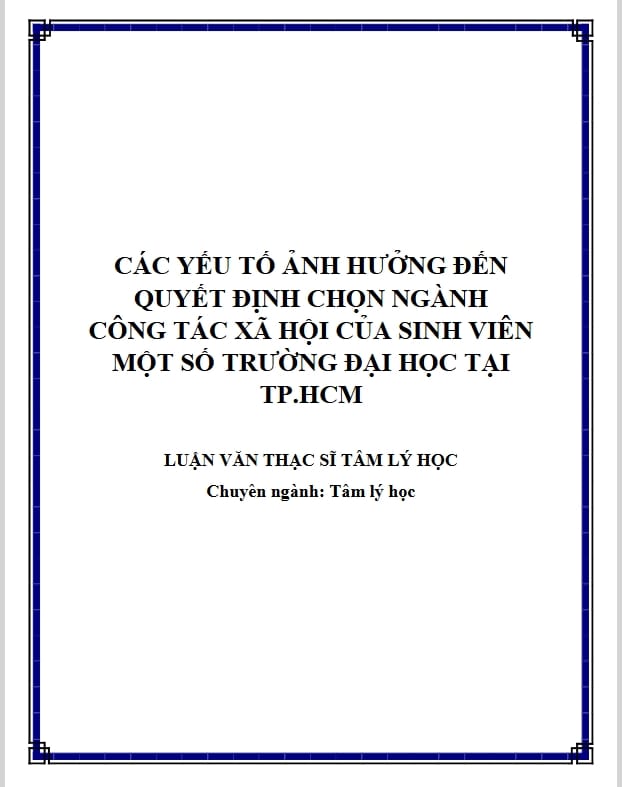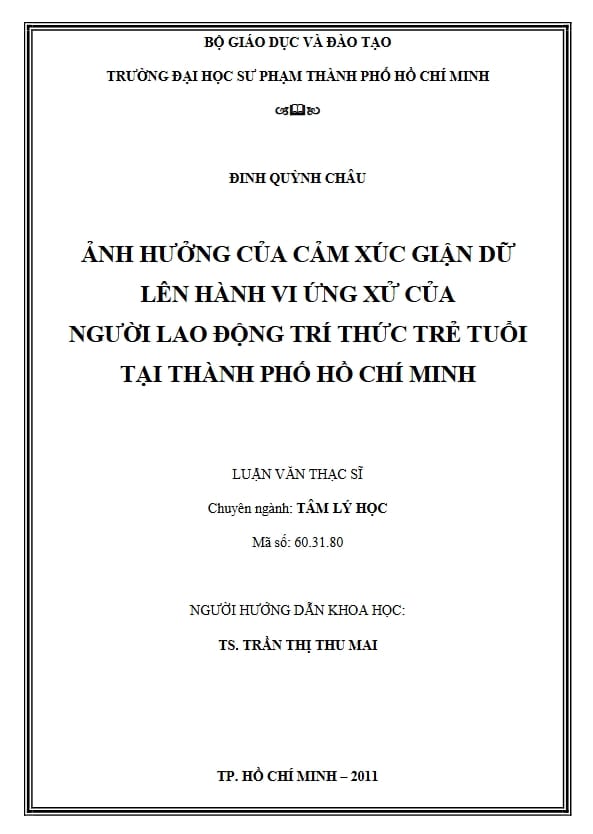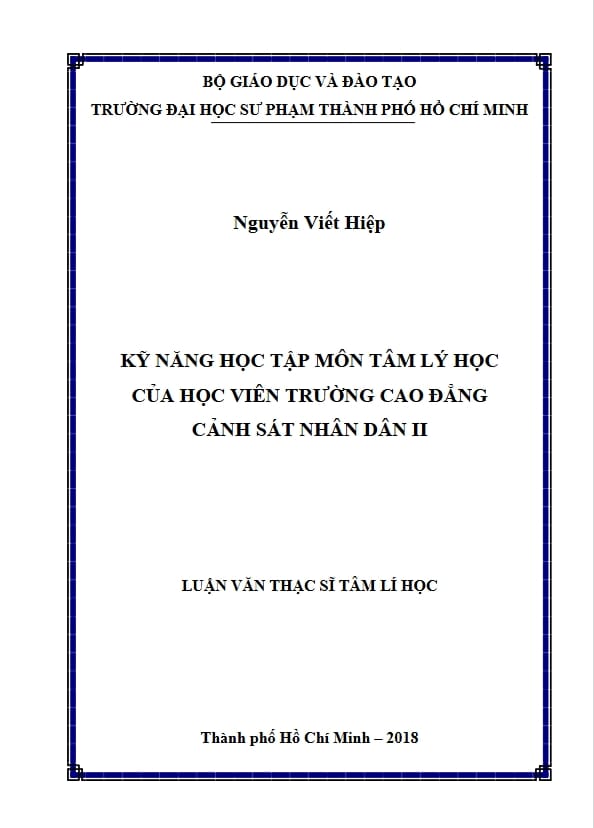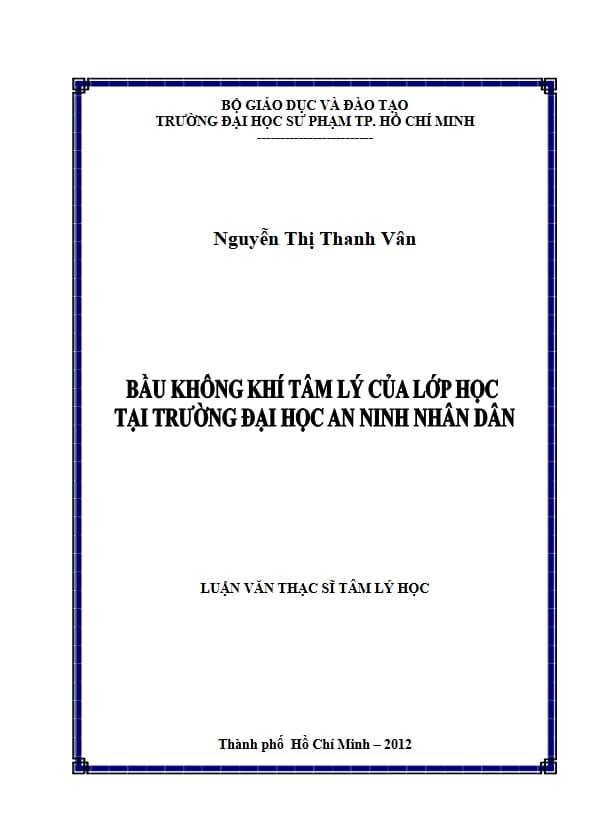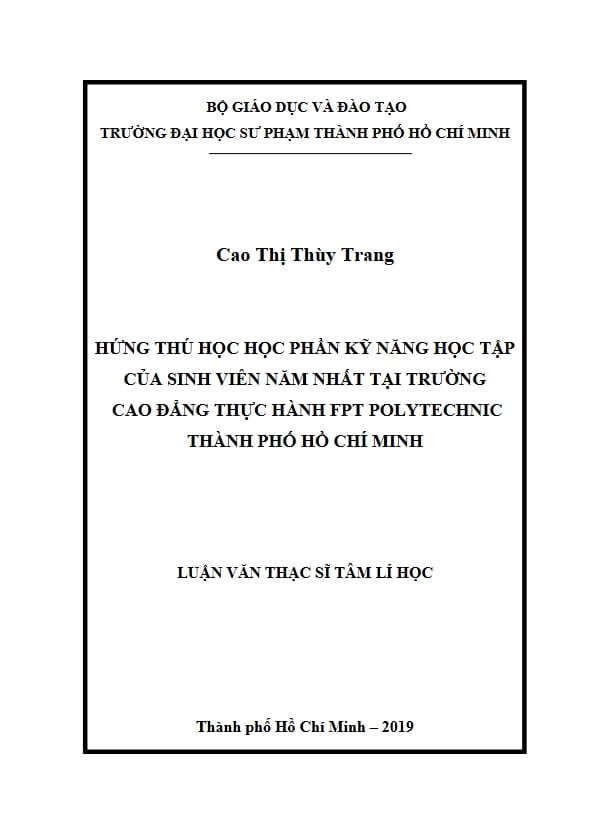Table of Contents
Abstract…………………………………………………………………………………………..ii
Acknowledgements………………………………………………………………………………iv
List of Tables…………………………………………………………….…………….…….…….x
List of Figures……………………………………………………………………………………xiii
Introduction……………………………………………………………………………….….…..1
What is self-talk? …………………………………………………………………………1
Recent Research on Self-Talk………………………………………………………..…….3
Shifting the Focus Toward Style …………………………………………………………..5
Personal Pronoun Use…………………………………………………………………..…6
Interpersonal Qualities of Self-talk……………………………………………………..…9
Interpersonal Theory as a Framework for Self-Talk Style……………………………… 10
Why would interpersonal qualities of self-talk be important?…………………………………….11
Methods for Studying Self-Talk………….………………………………………………12
Self-Report Measures…………………………………………………………………….13
Other Methods for Collecting Samples of Self-Talk…..…………………………………14
Research Questions….……………………………………………………………………15
Study 1 ……………………………………………………………………………………….…17
Introduction………………………………………………………………………………17
Method……………………………………………………………………..……………………19
Participants……………………………………………………………………………….19
Measures………………………………………………………………………………….19
Procedure…………………………………………………………………………………20
Results……………………………………………………………………………………………22
Capturing the Variety of Ways in Which People Spontaneously Address Themselves….22
Coding of Pronoun Use…………………………………………………………..22
Inter-Rater Reliability of the Coding of Pronoun Usage…………………………23
Frequencies of Pronoun Usage…………………………………………………..24
Evaluating the Hypotheses……………………………………………………………………….27
First Hypothesis: Comparing Pronoun Usage in Habitual and Ideal Self-Talk………….27
Second Hypothesis: Relating Dominance to Pronoun Usage in Habitual Self-Talk……..29
Third Hypothesis: Comparing Habitual and Ideal Self-Talk Styles in Terms of
Dominance and Affiliation.………………………………………………………………32
Fourth Hypothesis: Relation of Wish to Change Self-Talk with Dominance, Affiliation,
and Person Perspective….……………………………………………………………….33
Discussion………………………………………………………………………………………..33
Limitations and Future Directions…………………………………….…………………38
Study 2……………..……………………………………………………………………………41
Introduction………………………………………………………………………………41
Self-criticism and Self-reassurance………………………………………………………41
Positive Events……………………………………………………………………………42
Research Aims and Hypotheses…………….……………………………………………43
Method…………………………………………………………………………………………..45
Participants……………………………………………………………………………….45
Measures………………………………………………………………………………….46
Procedure…………………………………………………………………………………49
Participant Ratings of Self-Talk Interpersonal Style…………………………………….50
Observer Ratings of Self-Talk Interpersonal Style……………………………………….50
Results……………………………………………………………………………………………51
Coding of Pronoun Use……………………………………..……………………………51
Inter-Rater Reliability of the Coding of Pronoun Usage…………………………………52
Frequencies of Pronoun Usage…………………………………………………………..53
Evaluating the Hypotheses……………………………………………………………………….55
Strategy for Handling the Multi-Occasion Data………………………………………….55
The First Hypothesis and Correlations Among the Personal-Pronoun Variables………..57
Descriptive Statistics for the Other Variables and Differences on Them Between
Negative and Positive Events…………………………………………………………….59
Second Hypothesis: The Relation of Pronoun Usage to Dominance and
Affiliation…………………………………………………………………………………59
Third Hypothesis: The Relation of Pronoun Usage to Self-Criticism and
Self-Reassurance..…………………..……………………………………………………60
Fourth and Fifth Hypotheses: The Relation of Pronoun Usage and Interpersonal Style of
Self-Talk to Subsequent Affect………………………..…………………………………61
Cluster Analysis………………………………………………………………………………….64
Rationale and Method of Analysis……………………………………………………….64
The Five-Cluster Solution: Nature and Correlates……………………………………….66
Discussion……………………………………………………………………………………….68
Capturing the Varieties of Personal Pronoun Use in Self-Talk………………………….69
Personal Pronoun Usage in Negative and Positive Events………………..……………..70
PRONOUN USAGE AND INTERPERSONAL QUALITIES OF SELF-TALK viii
Relation of Personal Pronoun Usage to Interpersonal Style of Self-Talk……………….70
Relation of Personal Pronoun Usage to Self-Criticism and Self-Reassurance…………..71
Relation of Personal Pronoun Usage to Affect…………………………………………..72
Implications of the Cluster Analysis……………………………………………………..74
Limitations and Future Directions……………………………………………………….76
General Discussion……………………..……………………………………………………….77
What are the main accomplishments of this research?………………………………………………77
What questions remain to be answered for future research?………………………………………80
Conclusion……………………………………………………………………….………82
Tables………….…………………..……………………………………………………….…….83
Figures……………………………………………………………………..……………………109
Appendices………………………………………………………………………………..……117
Appendix A..……………………………………………………..……………..………117
Appendix B..……………………………………………………..……………………..118
Appendix C..……………………………………………………..……………………..132
Appendix D..……………………………………………………..……………………..143
Appendix E..……………………………………………………..…………..…………148
Appendix F..……………………………………………………..………………………149
Appendix G.……………………………………………………..………………………150
Appendix H.……………………………………………………..………………………153
Appendix I..……………………………………………………..………………………154
References…………………………………………………………………………………….159








